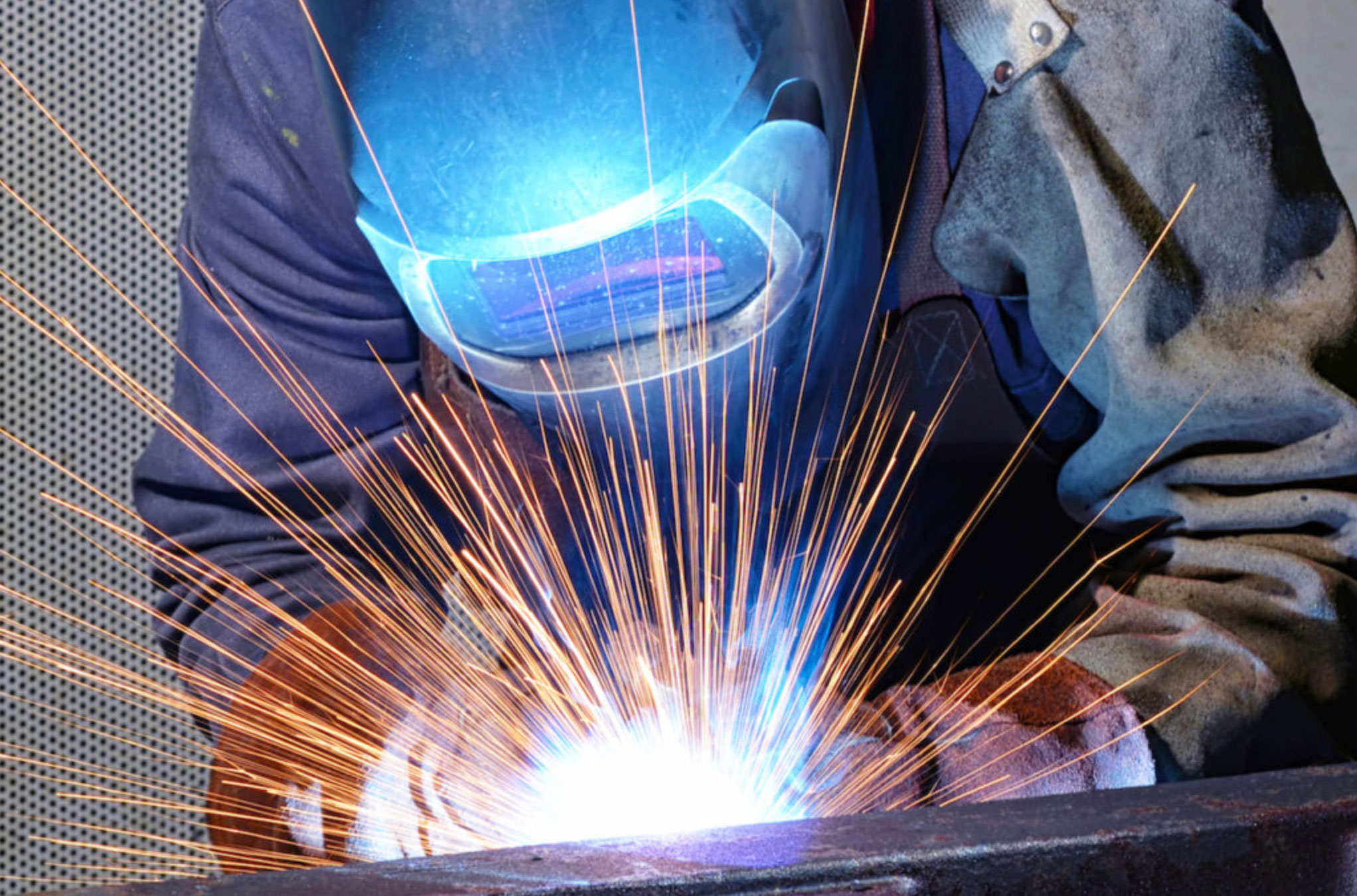Specialized Welding Inspection Service for Pipe Projects
Specialized Welding Inspection Service for Pipe Projects
Blog Article
Recognizing the Numerous Sorts Of Welding Techniques and Solutions Readily Available

Summary of Welding Strategies
Welding methods include a varied range of methods utilized to join products with each other completely. One common approach is arc welding, which includes creating an electrical arc in between the base and an electrode material to thaw and fuse them with each other. This strategy is flexible and can be made use of with different metals, making it one of the most commonly used welding processes.

Additionally, TIG welding, or Gas Tungsten Arc Welding (GTAW), is a specific and tidy welding method that uses a non-consumable tungsten electrode to produce the weld. TIG welding is generally made use of for thinner materials and offers outstanding control over the welding process. On the whole, understanding these various welding techniques is necessary for picking one of the most appropriate technique for different jobs.
Frequently Made Use Of Welding Techniques
A variety of typically used methods are employed in the field of welding to effectively sign up with products together. One of one of the most commonly used techniques is Gas Steel Arc Welding (GMAW), likewise referred to as MIG welding. This approach makes use of a cord electrode that is fed via a welding weapon, together with a protecting gas to safeguard the weld from pollutants airborne. An additional common approach is Secured Steel Arc Welding (SMAW), or stick welding, which makes use of a flux-coated electrode to produce the weld. Tungsten Inert Gas (TIG) welding is preferred for its accuracy and flexibility, using a non-consumable tungsten electrode to produce the weld. Flux-Cored Arc Welding (FCAW) is generally made use of in industrial setups due to its high welding speed and mobility. Furthermore, Immersed Arc Welding (SAW) is excellent for creating deep welds on thick materials. These frequently used welding approaches deal with various demands and products, supplying options for numerous welding applications.
Advanced Welding Solutions
Structure upon the foundation of commonly used welding methods, the world of advanced welding solutions includes cutting-edge techniques and technologies that press the borders of precision and efficiency in product joining processes. Advanced welding services commonly involve specialized methods such as laser welding, electron light beam welding, and friction mix welding. Laser welding makes use of a highly focused beam to precisely join steels with marginal heat-affected areas, making it excellent for delicate or complicated components. Electron light beam welding, on the other hand, employs a high-velocity electron light beam to produce deep weld infiltrations in materials like aerospace alloys or different steels. Rubbing mix welding, a solid-state joining process, allows the welding of materials that are testing to fuse utilizing traditional approaches, like light weight aluminum and copper. These advanced methods use improved control over the welding process, leading to stronger, a lot more durable welds with minimized distortion and enhanced general high quality.
Specialized Welding Techniques

Another specialized welding technique is laser beam of light welding, where a very concentrated beam of light is utilized to join metals with very little heat-affected areas and distortion. These specialized welding techniques display the diversity and technology present in the area of welding, offering remedies for a wide array of commercial applications.

Choosing the Right Welding Refine
Picking the proper welding process is paramount in attaining optimal results in steel construction and signing up with operations. With numerous welding techniques offered, it is critical to consider aspects such as the sort of steel, density, joint layout, and desired outcome when selecting the best welding procedure - Welding Inspection Service. Amongst the usual welding approaches are Gas Metal Arc Welding (GMAW), Protected Steel Arc Welding (SMAW), Gas Tungsten Arc Welding (GTAW), and Flux-Cored Arc Welding (FCAW) GMAW, also understood as MIG welding, appropriates for welding thin to thick metals and is functional in various positions. On the other hand, SMAW, or stick welding, is a trusted approach for outdoor and field welding due to its portability and simplicity. GTAW, or TIG welding, is perfect for welding slim products and provides specific and top quality welds. FCAW is chosen for welding thick materials and is known for its high welding rates. Understanding the features of each welding process is vital in picking the most ideal technique for a details welding task.
Verdict
Finally, recognizing the different types of welding strategies and solutions available is crucial for selecting the right approach for a certain job. By recognizing the typically used welding techniques, progressed welding solutions, and specialized techniques, people can resource make enlightened decisions to make certain the success of their welding tasks. It is very important to think about aspects such as products, task demands, and spending plan when picking one of the most suitable welding process.
From typical techniques like stick welding to advanced processes such as laser welding, the globe of welding uses a multitude of alternatives for signing up with steels with Look At This each other.Furthermore, TIG welding, or Gas Tungsten Arc Welding (GTAW), is a exact and clean welding method that makes use of a non-consumable tungsten electrode to produce the weld. Advanced welding services usually include specialized approaches such as laser welding, electron beam welding, and friction stir welding. Amongst the common welding approaches are Gas Steel Arc Welding (GMAW), Secured Steel Arc Welding (SMAW), Gas Tungsten Arc Welding (GTAW), and Flux-Cored Arc Welding (FCAW) By being aware of the generally made use of welding methods, progressed welding solutions, and specialized strategies, people can make educated choices to ensure the success of their welding jobs.
Report this page